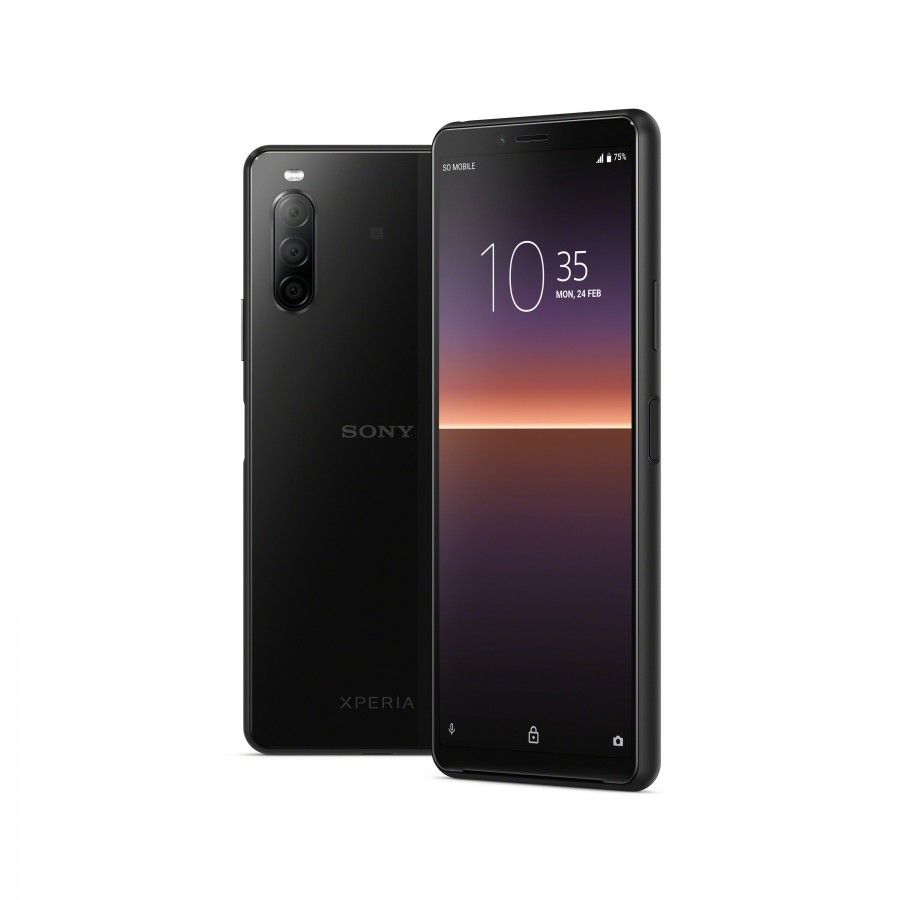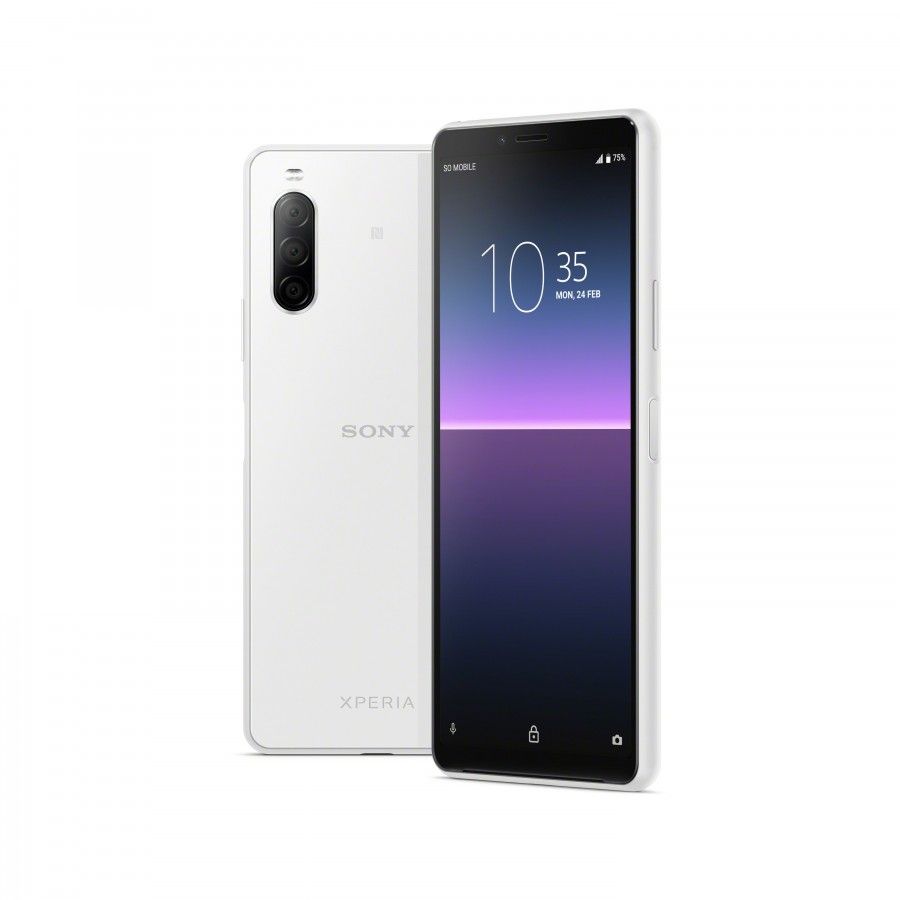Lenovo’s self-branded smartphones may not be nearly as popular as the company’s Motorola-branded devices, but the brand still has fans in Asian countries like India and China. In an effort to capitalize on the company’s existing popularity with gamers, Lenovo is preparing to launch its first-ever Android gaming smartphone under its Legion Gaming brand. The Lenovo Legion gaming phone has been on our radar for over 4 months now, but we’re now ready to share all of the details we’ve uncovered about the device. Thanks to a trusted source, we have obtained multiple unreleased teaser videos that showcase the likely design of the upcoming Legion gaming phone, and we also have a detailed set of specifications to go along with these teasers.
In late December of 2019, Lenovo created a new account called “Legion Gaming Phone” on Chinese social media platform Weibo. Over a month and a half later, Lenovo officially teased the first smartphone under its Legion gaming brand. The company uploaded a poster announcing that this upcoming smartphone will be powered by the Snapdragon 865, Qualcomm’s highest-end SoC for mobile devices. Next, on March 3rd, Chen Jin, General Manager of Lenovo China Mobile, teased that the Legion gaming smartphone will feature a “disruptive new architecture” in order to solve two pain points faced by mobile gamers: different surface temperatures on the left and right sides and reduced charging speeds when gaming. The teasers slowed down for a few weeks as much of the world went into lockdown due to COVID-19.
Early last month, Lenovo ramped up its marketing for the device by uploading a poster that teases 90W fast wired charging on the Legion gaming phone. There was a lot of skepticism initially about whether the Legion phone actually charges at 90W, but Lenovo has since clarified that they aren’t playing a numbers game here. Furthermore, Lenovo’s 90W fast charging system will be “standard for all systems,” according to the company on Weibo, hinting that there will be more than one first-generation Legion smartphone model. More recently, Lenovo shared a render suggesting the Legion gaming phone has a notch-less display, and they also uploaded a video revealing that there will be a second USB Type-C port on the side so users can charge the phone while they hold the device horizontally.


Apart from official teasers, there have been a few noteworthy leaks of the Lenovo Legion gaming phone. First, back in March, an image of what seems to be Lenovo’s Legion gaming phone bundle was published by a blogger on Weibo. This bundle includes the phone itself but also a pair of gamepads, true wireless earbuds, and a protective case. We couldn’t really see the phone all that well in this leak, though. One week later, the technology blog of the Indian shopping website Pricebaba published images of what they believed to be the Lenovo Legion gaming phone. Those images were taken from the Chinese Patent Office, though we’re now certain that those images do not reflect the phone’s actual design.
In fact, here’s what the Lenovo Legion gaming phone will likely look like, based on screenshots we captured from multiple official marketing videos.


The two screenshots above are from a promotional video teasing the phone’s ultra-fast 90W wired charging. The floating light particles are from when a race car dissipates, revealing the Lenovo Legion as the “engine.” The streams of light following the phone in the second image end up entering the two USB Type-C charging ports: one on the bottom and another on the side. The caption “90W dual Type-C fast charge, 30 minutes to 100%” can be read at this time, confirming the phone will support this staggeringly fast charging speed. In a separate video, Lenovo reveals that the Legion gaming phone has a 5000mAh dual-cell battery design, which is what makes this ultra-fast charging speed possible. However, it isn’t clear from these videos whether or not you’ll reach the fastest 90W charging speed only when charging from the bottom USB-C port.
On the bottom of the device, you’ll find the SIM card tray alongside the primary USB-C charging and data port. On the top, there’s a microphone hole. I didn’t see a 3.5mm headphone jack anywhere on this device, which is disappointing considering the Lenovo Z6 Pro had one. The Y-shape area underneath the LED flash in the middle on the rear likely lights up for that “gamer aesthetic” that this phone is oozing. The dual rear cameras are located near the center of the device; the cameras are placed considerably lower on the body of the Lenovo Legion than they are on other smartphones, but this could be to retain the symmetrical appearance of the back cover. Speaking of which, the back cover looks like a smooth metal with a 3D texture, possibly either polycarbonate or aluminum. Near the middle-left (middle-top when viewing the phone horizontally), there’s the “LEGION” logo on top of a compartment that seemingly pops-up—but more on that later. The “LEGION” logo matches Lenovo’s official Legion Gaming logo, and the “Stylish Outside” and “Savage Inside” texts are part of Legion Gaming’s slogan.

In the separate video, Lenovo teases several other key features of the Legion gaming smartphone. First, the video shows visuals that demonstrate the phone’s “uEngine,” its symmetrical dual X-axis linear vibration motor. The video then goes on to tease the phone’s cooling and audio features, but the terms they use are heavy on marketing jargon, so they were difficult for us to translate. The video seems to say that the phone has a “3D cooling tower structure” with “dual heat pipe partitions” for “long-lasting cooling.” It also shows captions detailing the phone’s “positive stereo sound” from its “full symmetrical 65mm dual speakers”, “dual 0.6mm amp speaker system”, and “1.4cc large sound cavity.” The two speakers are located on the top and bottom bezel on the front.


What’s perhaps most interesting about this device, at least in my opinion, is how it deals with the placement of its front-facing camera. There’s no notch or hole-punch cutout on the display of the Lenovo Legion phone. Instead, there’s a pop-up camera…but it seems to be located on the side of the phone. Most other smartphones with pop-up cameras have them appear on top of the phone. Lenovo is going with a very unique approach here, and I’m not really sure how to react to this front-camera mechanism. It could turn out to be a really awful placement or it could end up being genuinely useful like the ASUS ZenFone 6‘s swivel camera.
Lastly, our source also provided us with a list of some of the specifications for the device. We don’t know everything yet, but we do know enough to say the Lenovo Legion gaming phone is packing top-tier hardware. First of all, the phone’s model name is L79031 and its code-name is “moba,” which likely refers to the multiplayer online battle arena video game genre. The first-generation Legion is powered by the Qualcomm Snapdragon 865 and will have UFS 3.0 internal storage and LPDDR5 RAM. We don’t know the exact storage or RAM capacities. Next, the Legion should have a 144Hz refresh rate flat display (though we don’t know if it’s LCD or OLED) at FHD+ resolution (2340×1080) and with a 270Hz touch sampling rate. The phone runs Android 10 with Lenovo’s ZUI 12 customizations on top, which Lenovo will likely market as “Legion OS” for this device. Lastly, the phone has dual rear cameras (64MP + 16MP wide-angle) and a single front-facing camera (20MP).
When I first saw these renders, I was skeptical about their accuracy. They seem a bit outlandish when it comes to smartphone design—maybe I’ve fallen victim to another one of Lenovo’s design tricks? Although I’m still not 100% convinced the actual Lenovo Legion will look like the phone in these renders, I am very sure that the videos I obtained are official marketing videos. Lenovo may be exaggerating a bit about the phone’s bezels—as some smartphone companies tend to do in their marketing renders—but the overall design shown here will likely reflect the actual phone’s design.
The post This is likely the Lenovo Legion gaming smartphone with a 144Hz display, 90W charging, and side pop-up camera appeared first on xda-developers.
from xda-developers https://ift.tt/3fgZppw
via
IFTTT













